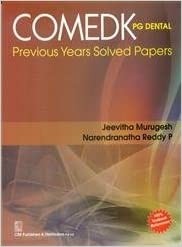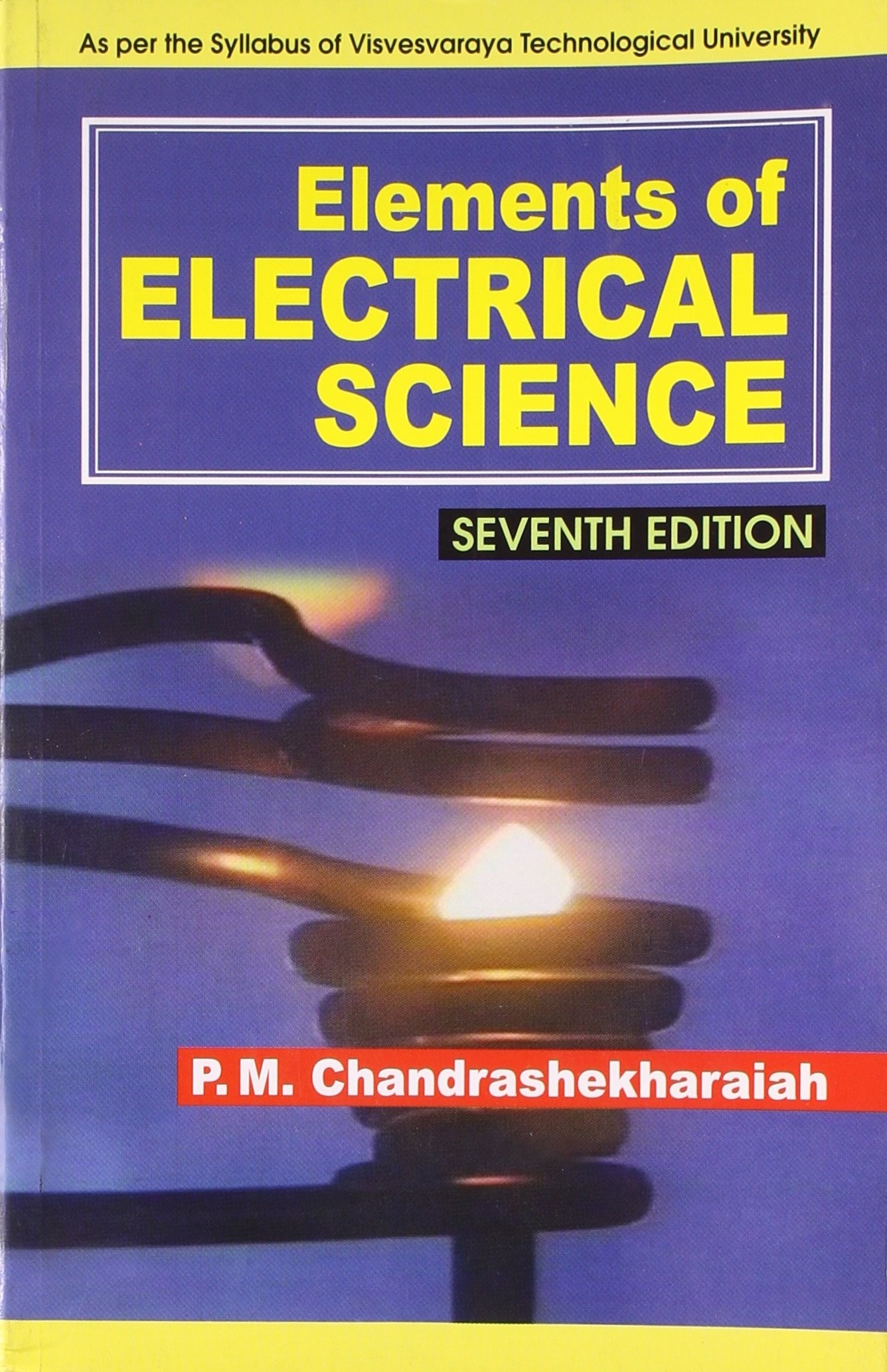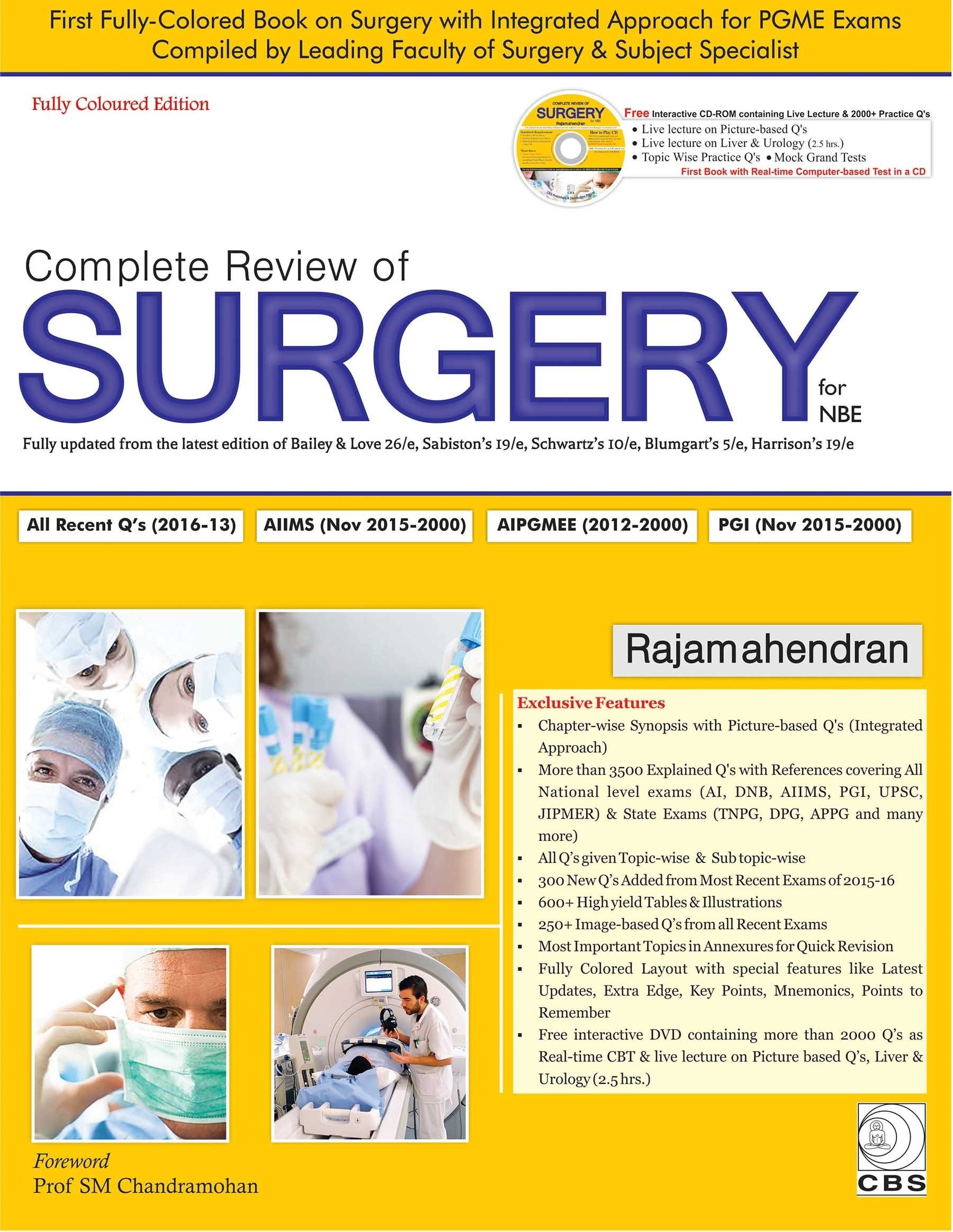South vs North: India's Great Divide
Nilakantan R.S. works as a data scientist for a tech start-up and looks at politics from that vantage point.
The book is divided into three parts, with the first part taking stock of the divergence between the northern and southern States in terms of development metrics like health, education and economic prospects. He is critical of the methodology and data of several government reports like the Good Governance Index or the way NITI Aayog tracks the sustainable development goals (SDGs). “The purpose of comparing States in these reports seems to be to rate the State governments of the day based on the policy prerogatives of the Union [government].” Why are the southern States doing so much better than the north? That’s the question data scientist Nilakantan R.S. strives to answer in his new book, South vs North: India’s Great Divide. At the time of independence, he writes in the Introduction, the southern States were indistinguishable from the rest of India in terms of their development metrics. Today, the difference couldn’t be starker. Backed with data, statistics, research and reporting, he provides the possible reasons, starting with the most important economic resource a State can have: its people. “A healthy and well-educated population with a reasonably well-run government is likely to have better economic prospects. The income levels and job prospects in south India are, unsurprisingly, significantly better than in the north.” But this success may also put the southern States, which are performing well, under pressure. If increasing centralised policy-making is one area of concern, the south’s better management of population growth is also working to its disadvantage, he argues. “Resource allocation by the Indian Union heavily favours the north and works against the south. The south is taxed more, both in absolute terms and on a per capita basis, but receives far less allocation in return, simply because its population growth is lower.”











